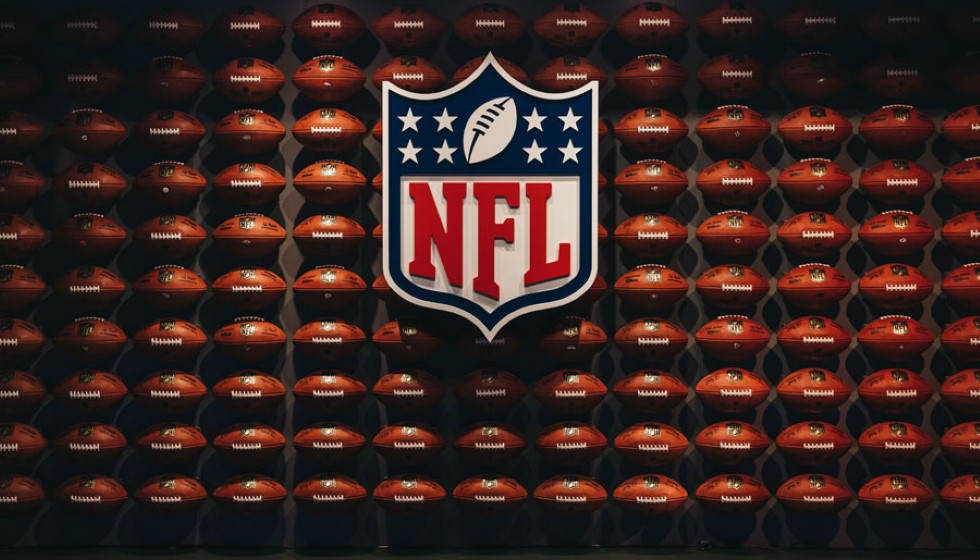
Saquon Barkley Joins Elite Company with 2,000-Yard Season
Saquon Barkley has carved his name into the annals of NFL history, becoming the ninth running back to achieve the illustrious milestone of a 2,000-yard rushing season. This feat is not just a testament to his prodigious talent but also his resilience, given the physical demands placed upon running backs in today's game.
Barkley's achievement marks the first time the 2,000-yard barrier has been breached since Derrick Henry's remarkable season in 2020. The numbers alone speak volumes about the caliber of athlete required to achieve such a feat, but to truly appreciate Barkley's accomplishment, it's essential to contextualize it within the broader landscape of NFL history.
The Legacy of the 2,000-Yard Rusher
Throughout NFL history, the 2,000-yard season has remained a rare benchmark, achieved only by the game's most dominant and durable backs. Barkley now stands alongside legends such as Eric Dickerson, Adrian Peterson, and Terrell Davis. Each of these running backs not only achieved the statistical milestone but also left an indelible mark on their teams and the league.
Interestingly, Barkley has also guided his team to the playoffs, becoming the seventh 2,000-yard rusher to lead his squad to the postseason in the same year. This dual achievement underscores his invaluable contribution to his team's overall success and highlights the correlation between a powerful run game and playoff contention.
Chasing Super Bowl Glory
Despite the phenomenal achievement, history reveals a stark reality: only one 2,000-yard rusher has ever translated regular season success into a Super Bowl victory. That honor belongs to Terrell Davis, who powered the Denver Broncos to a triumphant win in Super Bowl XXXIII back in 1998. Davis's postseason performance was nothing short of legendary, averaging an astounding 156.0 rushing yards per game and scoring three touchdowns per game during the Broncos' successful campaign.
The success of both Davis and Derrick Henry during their respective 2,000-yard seasons was also bolstered by other components of their teams. Notably, they each had quarterbacks who ranked in the top five for passer rating, providing a balanced offensive attack that defenses struggled to counter. For Barkley, the presence of a top quarterback is again a pivotal factor, as Jalen Hurts currently ranks among the top five in passer ratings, potentially setting the stage for similar success.
Quarterback Contributions in Historic Seasons
Reflecting on other 2,000-yard runners and their supporting casts provides further insights into the dynamics at play. When Adrian Peterson reached his remarkable milestone, the Minnesota Vikings were piloted by Joe Webb, whose contributions were more complementary than transformative. Similarly, Jamal Lewis, during his 2,000-yard season, was supported by quarterback Anthony Wright. Eric Dickerson, another giant in the pantheon of rushing greatness, shared his historical season with Jeff Kemp under center.
These examples illustrate the diverse circumstances in which these exceptional running backs operated, highlighting that while a top-tier quarterback can enhance a team's performance, the running back's ability to dominate remains a critical factor.
In sum, Saquon Barkley's entry into the elite club of 2,000-yard rushers is not only a personal milestone but a moment of historical significance. As the NFL continues to evolve, balancing aerial assaults with ground attacks, the running back's role remains vital. Barkley's journey through this season serves as a reminder of the sheer determination required to etch one's name in the record books and the promising horizon that awaits should his team continue their march toward glory.